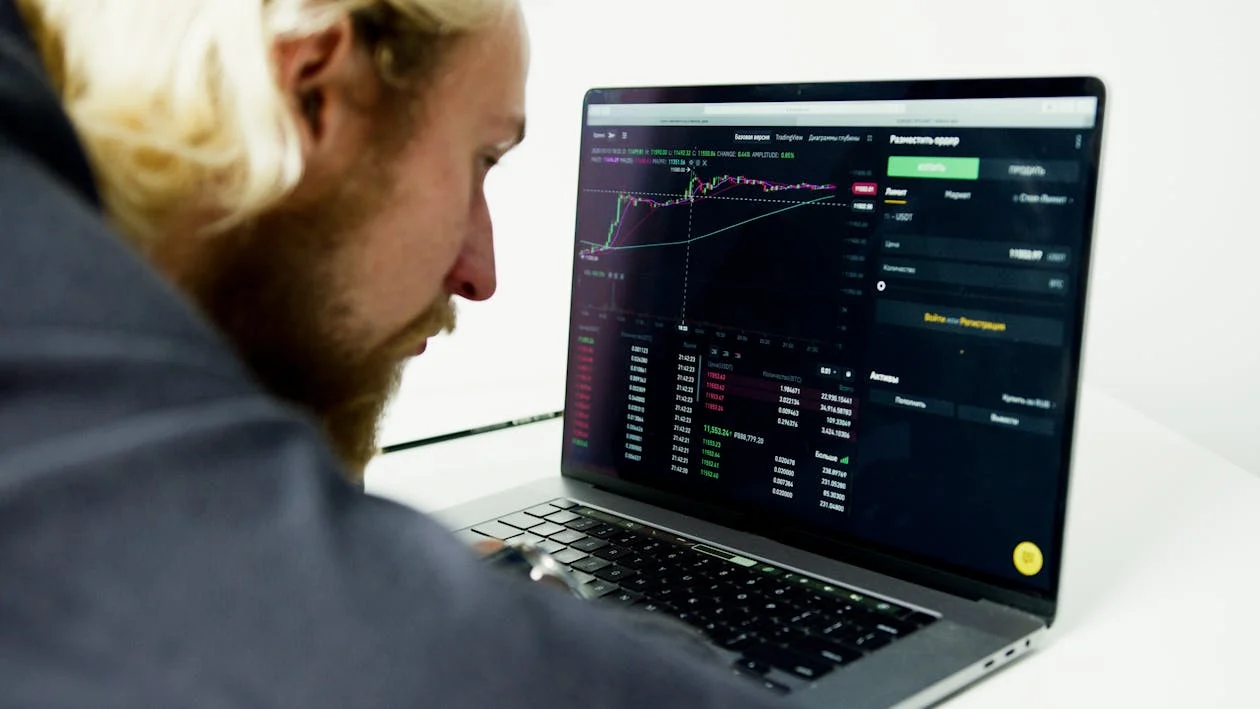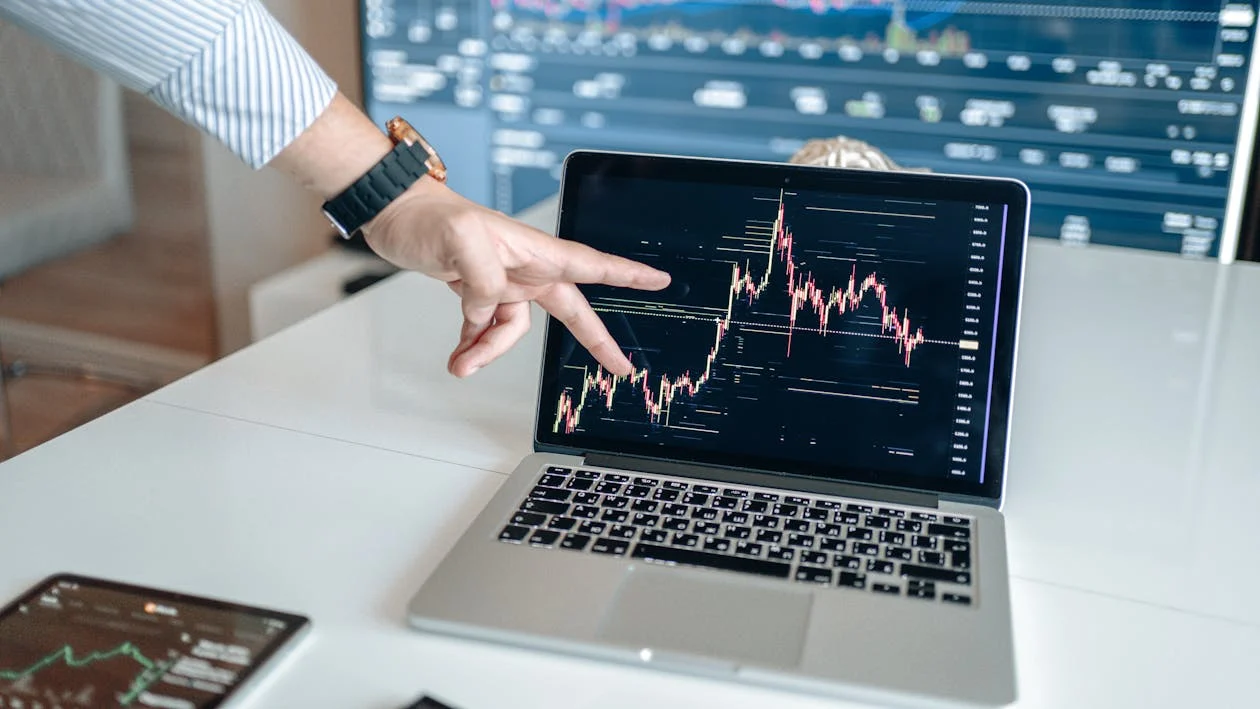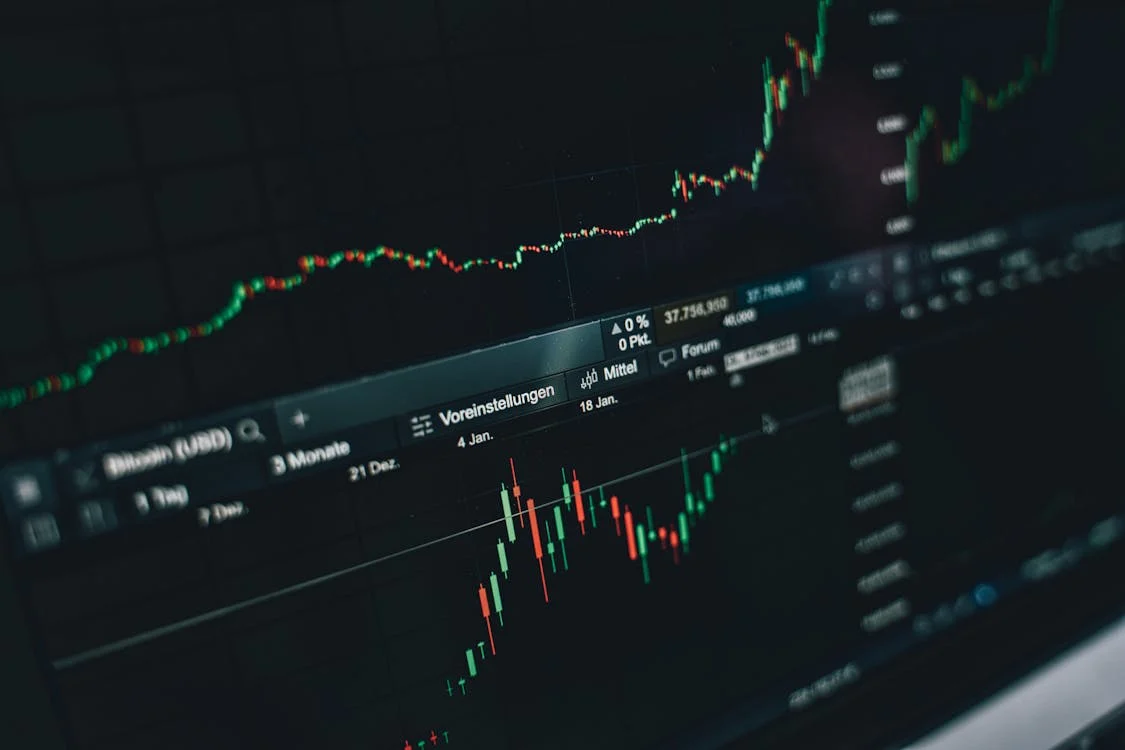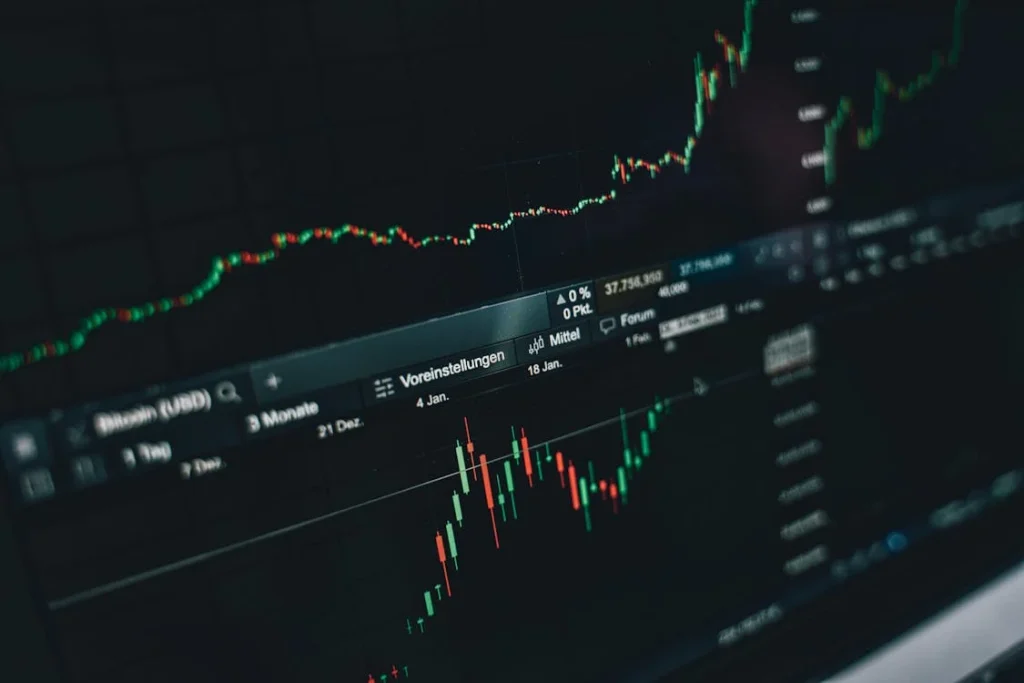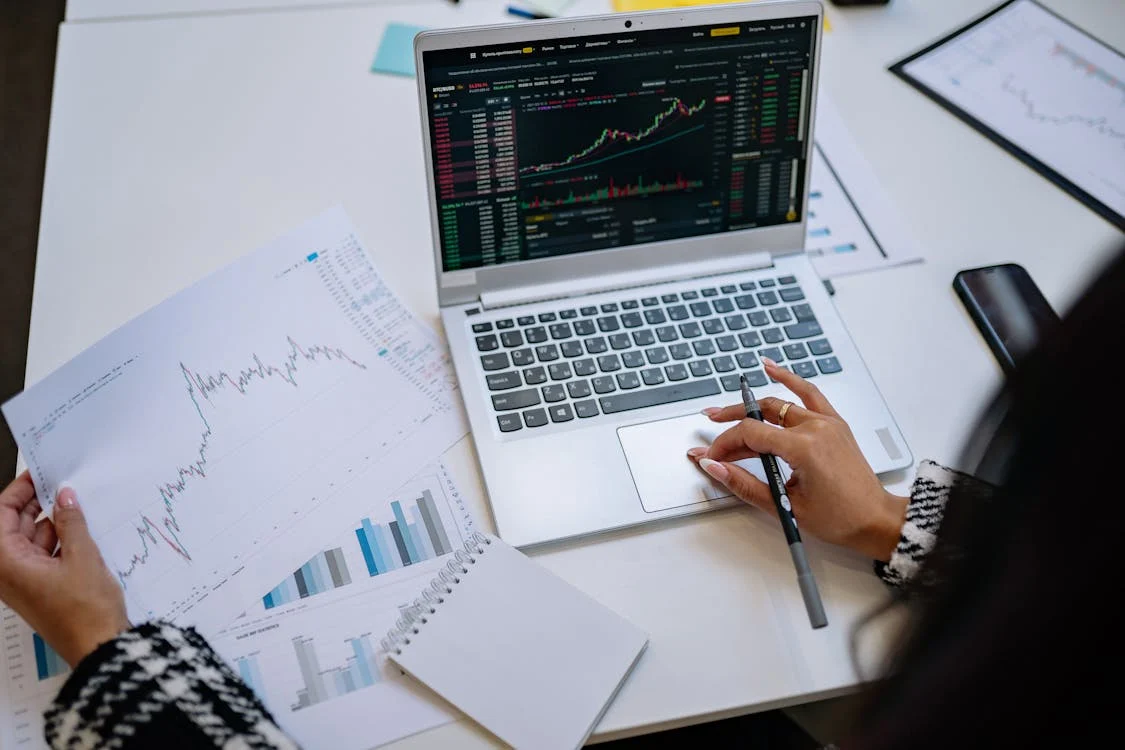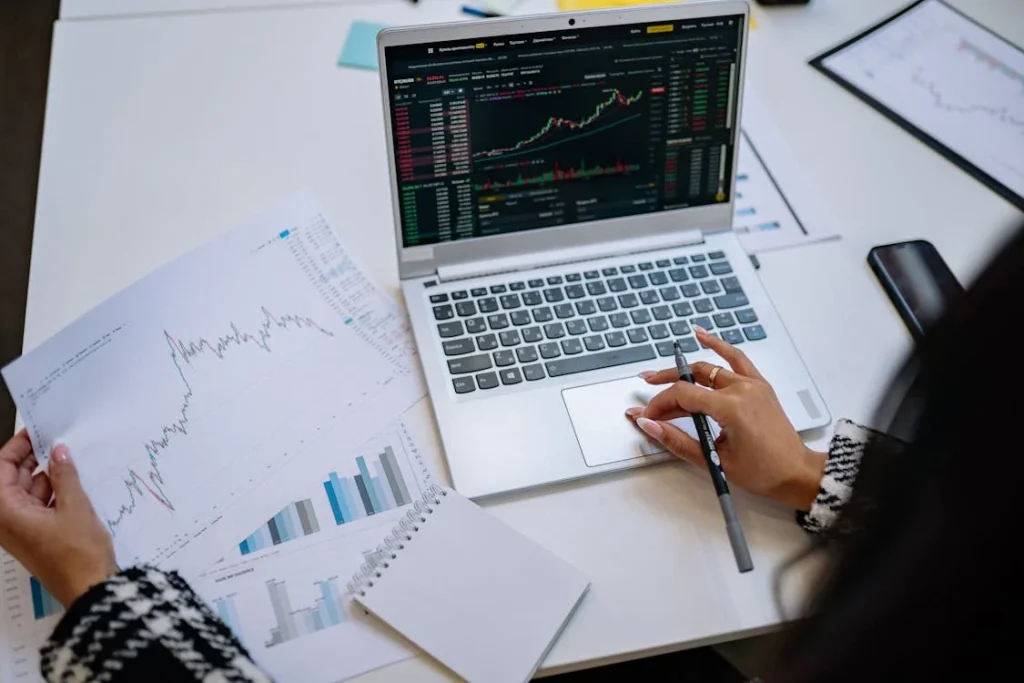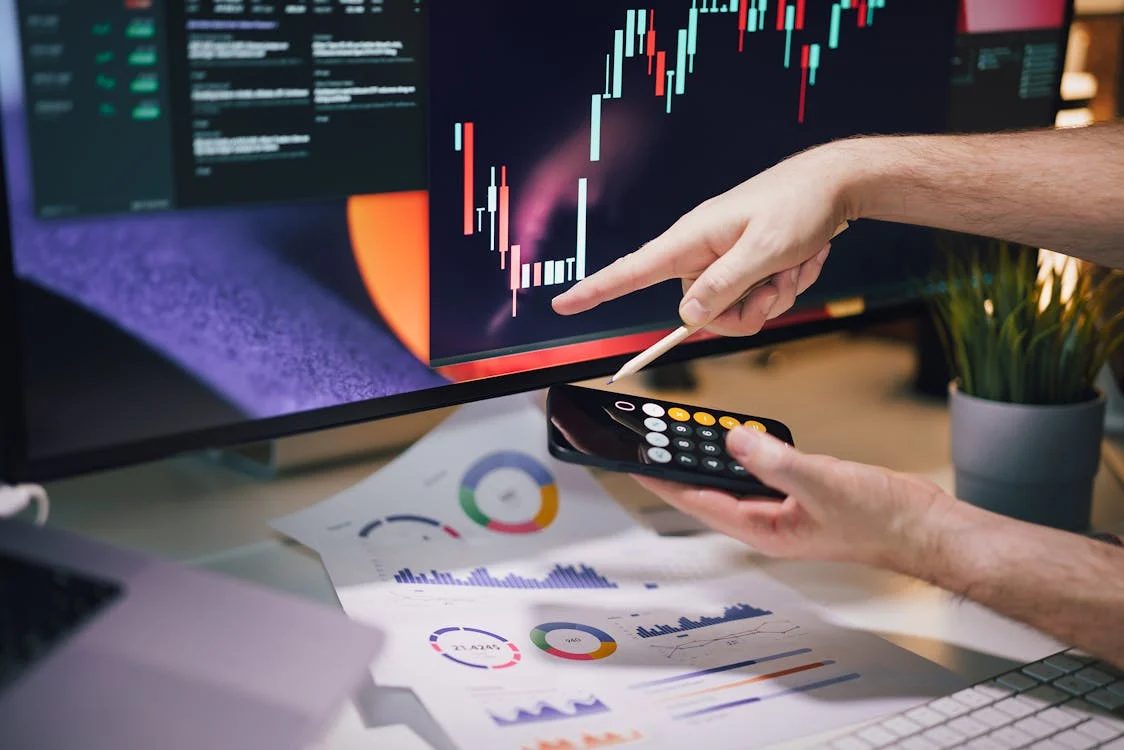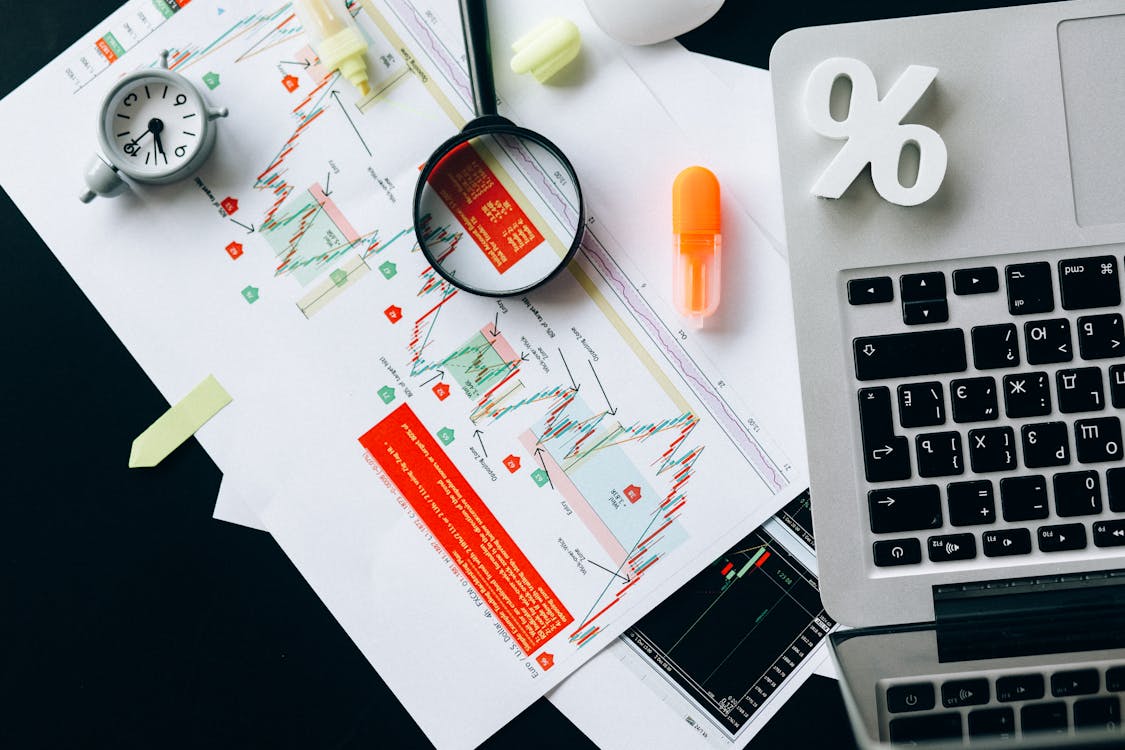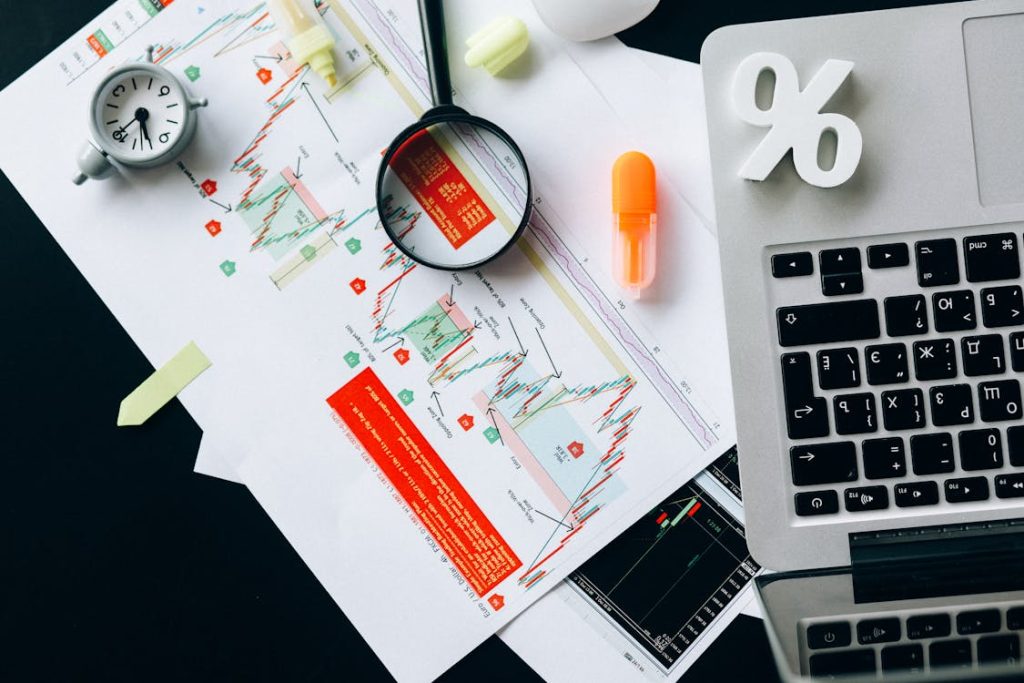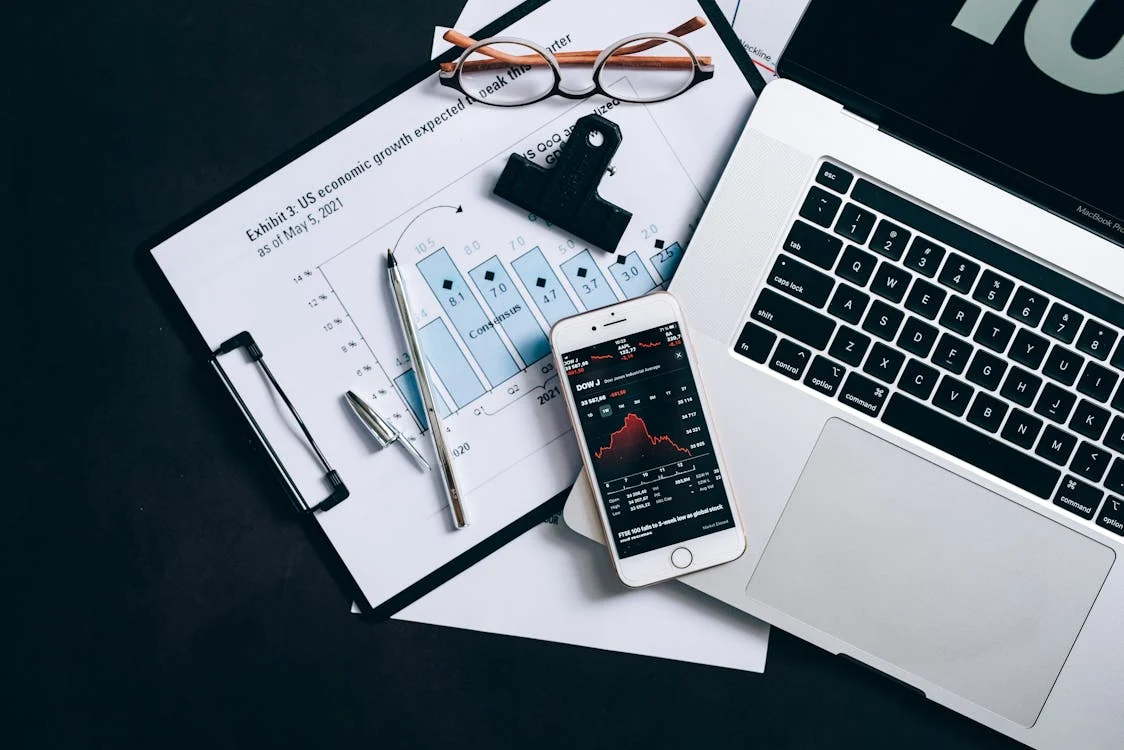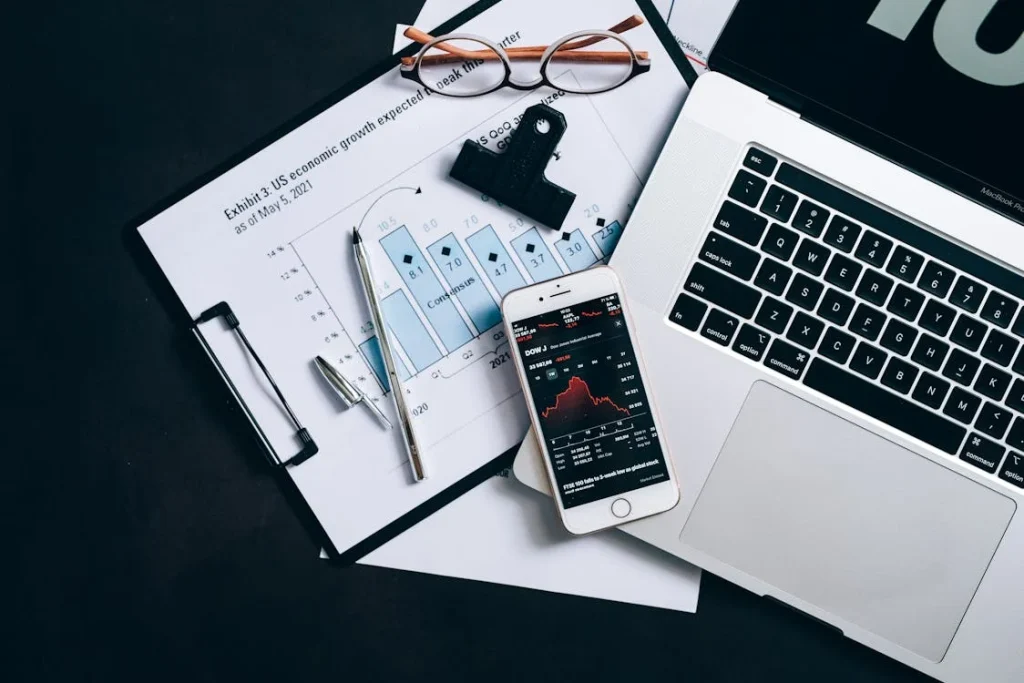Forex Trading: Beyond the Charts and Indicators
Forex trading is often painted as a game of charts, patterns, and complex strategies. But the truth is, what most new traders miss is the biggest factor influencing success or failure: themselves. Forex isn’t just about executing trades based on technical setups—it’s about managing your emotions, being disciplined, and understanding the market’s psychology.
While you might be tempted to dive headfirst into currency pairs and trading indicators, it’s crucial to approach Forex with a long-term mindset, a robust risk management plan, and a strong grasp of market psychology. Let’s take a closer look at what truly sets successful traders apart from the crowd.
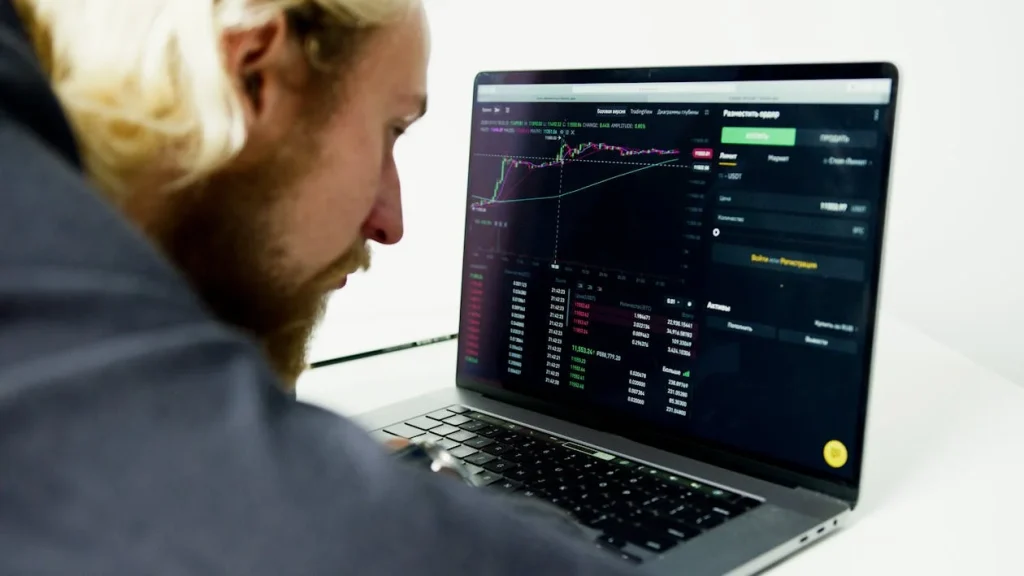
The Psychology Behind Forex Trading
In many ways, the Forex market is less about the currencies you trade and more about your mindset. Think about it—every time you enter a trade, you’re taking on risk. The market can swing in your favor or against you, and how you handle those movements often determines your success in the long run.
Fear, greed, and overconfidence are three emotions that can make or break a trader. Fear may lead to missed opportunities or early exits from profitable trades, while greed can cause you to take on too much risk. The key to becoming a successful trader is not just about being able to identify the right trade setups but also about controlling your impulses.
The best Forex traders are those who have learned to manage their emotions. They have a deep understanding of market behavior and don’t let their feelings dictate their actions. Instead, they follow a structured plan, make informed decisions, and stick to their risk management rules, no matter what happens.
Risk Management: The Key to Long-Term Success
Risk management is a concept that is often overlooked by beginners in Forex trading. New traders often focus on finding the “perfect” strategy or the best currency pair to trade, but the real question should be: “How much risk are you willing to take on each trade?”
Successful Forex traders are those who understand that no matter how good their strategy is, they will experience losses. What differentiates them from others is how they manage these losses. A risk management plan is more than just setting stop-loss orders—it involves deciding how much of your capital you’re willing to risk per trade and understanding how much drawdown you can handle without blowing up your account.
As a rule of thumb, many traders risk no more than 1-2% of their trading capital on each trade. This ensures that even after a string of losses, they can still remain in the game. A well-planned risk-to-reward ratio also helps maintain profitability in the long run. A typical risk-to-reward ratio for a trader might be 1:2 or 1:3, which means that for every $1 they risk, they aim to make $2 or $3 in profit.
Understanding Forex Market Trends and Cycles
One of the most powerful tools in Forex trading is the ability to spot market trends. However, trends can sometimes be deceptive, and it’s easy to get caught up in them without fully understanding the context of the market’s movement.
Forex markets are cyclical in nature, meaning they tend to move in trends, consolidations, or reversals. The key to navigating these cycles is understanding when to trade with the trend and when to wait for a reversal. Most new traders get caught in the noise of the market, entering trades during periods of consolidation or at the wrong points in a trend.
Successful traders know when to wait patiently for a clear trend to form and when to step back and observe the market. They don’t chase every price movement but instead wait for confirmation that a trend is in place. Recognizing the difference between a healthy trend and a short-term price spike can be the difference between success and failure.
The Importance of a Trading Strategy
One of the most important aspects of successful Forex trading is having a solid trading strategy. It’s easy to fall into the trap of relying on random entry points, hoping for the best, but successful traders use systems built on logic and consistency.
Your trading strategy should be based on a clear set of rules that dictate when to enter and exit trades. This might include technical indicators, fundamental analysis, or even sentiment analysis. No strategy is perfect, but the key is consistency. A well-tested strategy should give you confidence and help you avoid impulsive decisions driven by emotions.
Moreover, a trading strategy should incorporate risk management tools, such as stop-loss orders and take-profit targets. This ensures that even if the market goes against you, your losses are limited, and you can still take profits when the market moves in your favor.
Education: The Foundation of Forex Success
In the world of Forex trading, education is paramount. While you can find countless strategies and tips online, nothing beats hands-on experience and learning from your mistakes. Many traders start with demo accounts, practicing strategies and gaining experience without risking real money.
It’s also important to stay updated on global events that affect the Forex market. Economic news, geopolitical developments, and central bank decisions all play a significant role in shaping the direction of currencies. Forex traders must be well-versed in both technical analysis and the broader economic context to make informed decisions.
To truly succeed in Forex trading, you must invest in your education continuously. Attend webinars, read market reports, and follow professional traders who provide valuable insights. The more knowledge you acquire, the better equipped you’ll be to navigate the complexities of the market and refine your trading approach.
